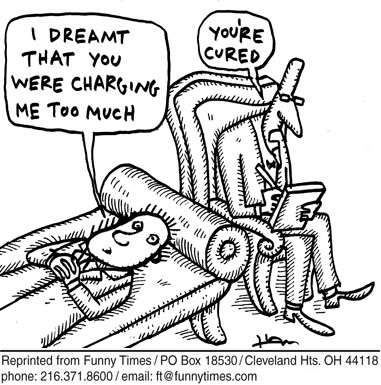Founder: Sigmund Freud (1856-1939)
Key Concepts:
- Making the unconscious motives conscious so that one can exercise choice.
- Life and death instincts and their relationship to the purpose of survival.
- Three main structures of personality: ID, EGO, and SUPEREGO
- Understanding behaviors and problematic behaviors by study of the unconscious and conscious mind.
- Anxiety motivations
- Ego defense mechanisms
- Transference and Countertransference
- Psychosexual stages of personality development - Freud
- Psychosocial stages of personality development - Erikson
- Each stage of development is related to the next stage of development
- Strong focus on childhood and experiences during that time
Psychoanalytic Techniques:
- Free Association
- Dream Analysis
- Interpretation of behaviors
- Resistance analysis and interpretation
- Transference analysis and interpretation
Goals of Psychoanalytic Theory in Therapy:
Freud believed in exploring the unconscious mind in an attempt to join the unconscious with the conscious and to analyze those contents. Strong focus is placed on the experiences from childhood and the past in an attempt to bring those experiences forward and explore ways to understand those behaviors and gain a better understanding of ourselves and change our character.
References:
Corey, Gerald (2012). Theory and Practice of Counseling and Psychotherapy. 9th ed.
Belmont,California: Brooks/Cole. (pp. 63-98).
Crazydocal. (2007, July 22). Freud, Dreams & Therapy [Video file]. Retrieved from
http://www.youtube.com/watch?v=3yT337GXoVc


Very good.
ReplyDeleteGrade = 10/10